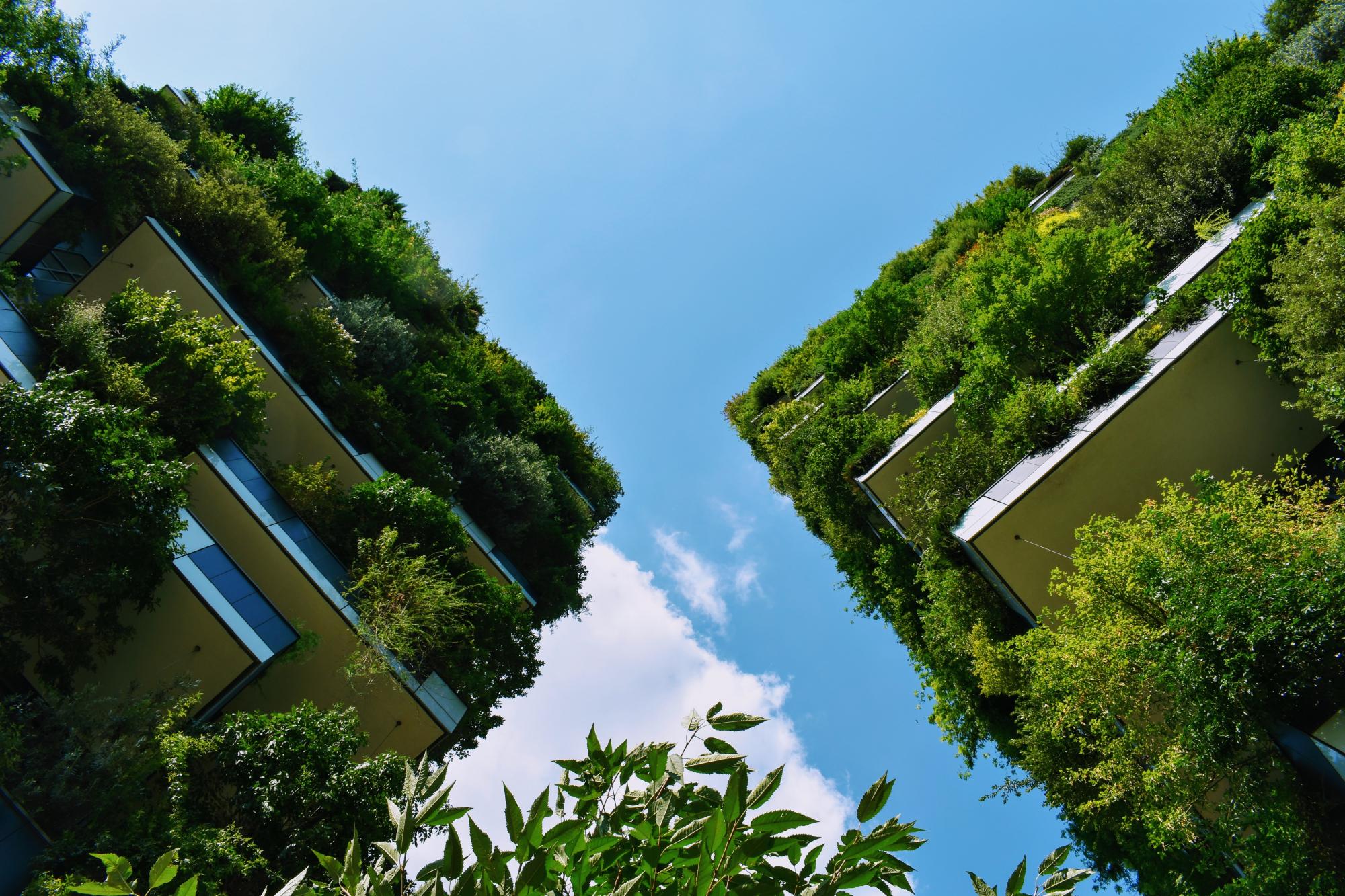Last updated: October 2021
The curtain forest at the end of the city is a project that was initiated by the Timisoara's Municipality in 2001 by planting different tree species and creating a barrier for high-temperature summers. It's 60 m high and it was designed to stand in front of very strong winds especially since Timisoara is a city located in a very plain area. Now, it comprises 23 hectares and the municipality aims at 50. (2)
Overview
Nature-based solution
- Parks and urban forests
- Large urban parks or forests
- Green corridors and green belts
Key challenges
- Climate action for adaptation, resilience and mitigation (SDG 13)
- Climate change adaptation
- Climate change mitigation
- Green space, habitats and biodiversity (SDG 15)
- Green space creation and/or management
- Environmental quality
- Air quality improvement
- Noise reduction
Focus
Creation of new green areas
Project objectives
1. To protect the city from the winds, since it is located in a full plain area (2);
2. To create a continuous belt of forests or protection curtains around the city (3);
3. To create a recreational alternative by establishing a forest park, outside of the city (2).
Implementation activities
The area of 7 hectares, planted in 2001-2002, is enclosed with barbed wire fence in a length of 2460 ml. The following species were planted: acacia, elm, celtis, maple, ash, oak, lime, yellow acacia, tortuous pine, pine, spruce, owl, dogwood and hawthorn. Planting distance 4x4 and subsequently completed at 2x2. (3)
The area of 2 ha, planted in autumn 2003 and spring 2004, is enclosed with barbed wire fence in 890 ml. The following species were planted: ash, lime, yellow acacia, acacia, elm, celtis, maple.
The area of 3.2 ha, planted in autumn 2005, is enclosed with a 890-meter barbed wire fence. The following species were planted: ash, oak, strobe, corcodus, walnut, acacia, poplar and birch.
In the spring of 2007, the 3 ha area was planted on a land area of the USAB on both sides of the canal. The width of the forest curtain is 30 m, the planting distance - 2x2. (R.1)
Climate-focused activities
Climate change adaptation:
- Increase or improve urban vegetation cover to help reduce outdoor temperature
- Create or improve outdoor spaces to help people escape from urban heat
Climate change mitigation:
- Increase green urban nature for carbon storage (wetlands, tree cover)
- Implement sustainable forest management measures to increase carbon sinks/ improve carbon storage
Main beneficiaries
- Local government/Municipality
- Non-government organisation/Civil Society
- Citizens or community groups
- Young people and children
Governance
Management set-up
- Government-led
Type of initiating organisation
- Local government/municipality
Participatory approaches/ community involvement
- Joint implementation (e.g. tree planting)
Details on the roles of the organisations involved in the project
The forest curtains in Romania are the result of an interesting phenomenon, namely after 1989, due to the Law of retroscession, many forests went from being state owned to private ownership and they were sold or cleared. As such the country found itself to be without forests and so the government had to implement new measures, through each, alongside farmers and regional environmental guards, derelict areas or former forests were populated again. What happened in Timisoara is the result of one of those measures. (1)
Project implemented in response to ...
... an EU policy or strategy?
No
... a national policy or strategy?
Yes
(After 1989, all protection curtains, including the railways and national railways, as well as massive woods, were cleared. Parliament is drafting Law no. 289 of 2002 on forest protection curtains for the Romanian Plain, Dobrogea Plateau, Tisa Plain, Southern Oltenia, etc., and in the Law of the New Forest Code in 2008 there are a number of advantages for the landowners on which these curtains are established. The Government is drafting the Emergency Ordinance no. 38/2014, with amendments to the Law no. 289/2002. Also in 2014, the "National Program for Creating Protection Curtains for Motorways and National Roads" is being elaborated. (R.5))
... a local policy or strategy?
No
Financing
Total cost
Unknown
Source(s) of funding
- Public national budget
- Public local authority budget
Type of funding
- Earmarked public budget
Non-financial contribution
Type of non-financial contribution
- Provision of land
- Provision of goods
- Provision of labour
- Provision of expertise
Who provided the non-financial contribution?
- Public authorities (e.g. land, utility services)
- Citizens (e.g. volunteering)
Impacts and Monitoring
Environmental impacts
- Environmental quality
- Improved air quality
- Improved protection against strong wind
- Improved soil quality
- Water management and blue areas
- Increased protection against flooding
- Green space and habitat
- Increased green space area
- Restoration of derelict areas
Economic impacts
- Unknown
Socio-cultural impacts
- Unknown
Type of reported impacts
Expected impacts, No impacts reported
Presence of formal monitoring system
Unknown
Presence of indicators used in reporting
No evidence in public records
Presence of monitoring/ evaluation reports
Yes
Availability of a web-based monitoring tool
No evidence in public records
References
1. Primaria Municipiului Timisoara (2008), Timisoara ecologica, Available at Source link (Accessed 29-6-2020)
2.PAmosNews (2005), Perdea forestieră de protecţie în zona de vest a Timişoarei, Available at Source link (Accessed 29-6-2020)
3. Primaria Municipiului Timisoara (2008), Perdelele de protectie si importanta lor pentru Municipiul Timisoara, Available at Source link (Accessed 29-6-2020)
4. Lumea Satului (2017), Am avut candva perdele forestiere de protectie, Available at Source link (Accessed 29-6-2020)
5. BIOTowns (2011), "TIMISOARA - Amplasamentele vizate pentru studiul de specialitate", Available at Source link (Accessed 29-6-2020)
2.PAmosNews (2005), Perdea forestieră de protecţie în zona de vest a Timişoarei, Available at Source link (Accessed 29-6-2020)
3. Primaria Municipiului Timisoara (2008), Perdelele de protectie si importanta lor pentru Municipiul Timisoara, Available at Source link (Accessed 29-6-2020)
4. Lumea Satului (2017), Am avut candva perdele forestiere de protectie, Available at Source link (Accessed 29-6-2020)
5. BIOTowns (2011), "TIMISOARA - Amplasamentele vizate pentru studiul de specialitate", Available at Source link (Accessed 29-6-2020)


